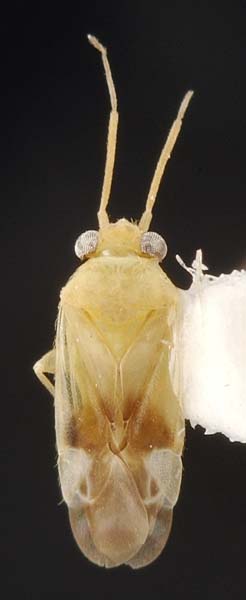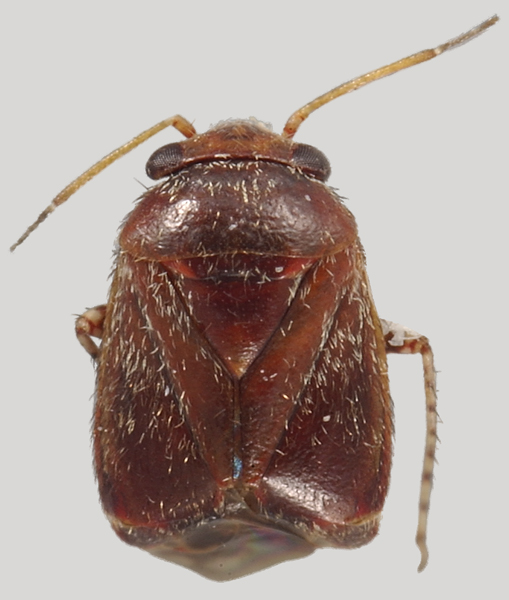'Tis the season...for mistletoe. Every office Christmas Party or other Holiday-themed event in December has a sprig of the plant hanging from a hook in the ceiling. Both maligned and loved by single people, the tradition goes that once you stand under the mysterious green plant you are obliged to give a fellow trespasser a kiss. Its a plant both ardent...and avoided at the same time, depending on the person.
So what exactly IS mistletoe, and why are we talking about it in our Recent Invertebrates Blog? Well, to start with the former, mistletoe is in the Santalales order of plants. Many of these plants (but not all) are known for their parasitic lifestyles. Most of us know what animal parasites are - they feed on animal hosts, taking their nutrients. However, most people don't know what plant parasites do. Plant parasites also take nutrients from other plants (hosts), and depend on their hosts for sugars and minerals that they can't get themselves. Chlorophyll, which is the chemical in plants that generates sugars and energy from sunlight while giving plants their green color, is often absent in parasitic plants. Since they just take the nutrients from their hosts, they don't need to generate the sugars themselves. The mistletoe found around here in North America,
Phoradendron sp., is still green however, which may be due to it being a hemi-parasitic plant (it doesn't get ALL of its nutrients from its host tree, just some). In Europe the mistletoe plant is from a different genus,
Viscum.
 |
| Phoradenron juniperinum, image taken by Stan Shebs and posted on Wikipedia.com |
You can find mistletoe in a lot of trees throughout North America as dense green clumps high up in the branches. They are most obvious in winter since trees drop the rest of their leaves and the mistletoe is the only green things left, which is maybe why they were selected out as Christmas decorations. If you are able to look at the plants more closely, however, you might see a little green bug,
Viscacoris. These bugs are only found on mistletoe, and were named after the family of plants that the American mistletoe was thought to belong to, the Viscaceae. In North America there are about four species, and they are a similar green color to the plant but turn yellowish as it fades.
 |
| Viscacoris species on the bottom half. Image by Christiane Weirauch. |
However, mistletoe is not the only parasitic plant out there, and
Viscacoris is not the only bug to feed on them. Many parasitic plants belong to the family Santalaceae, which include the very weird but oddly pretty plants and are often found in Australia. Another hemi-parasitic plant from Australia is
Exocarpos sp., which requires another tree to survive by feeding from the tree's roots.
 |
| Exocarpos cupressiformis, from Wikipedia.com |
Found only on this tree are bugs of the genus
Exocarpocoris. These bugs are from Australia, and have really unique structures found on bugs from nowhere else in the world.
 |
| Exocarpocoris praegracilis, from Discover Life.org |
Another parasitic mistletoe plant with weird plant bugs on it is
Amyema miquelii. This plant is also found in Australia and has unique reddish flowers. Found on this plant are another group of bugs from the genus
Hypseloecus sp. These bugs are also reddish like the flowers of the plant to blend in. They also are only found on these plants.
 |
| Hypseloecus neoamyemi, from Discover Life.org |
Why are these bugs only found on mistletoe? We are still investigating that. Many insects co-evolved with certain plants over time and maintain close ties. Its believed that insect pollination, for example, was one of the leading drivers for flowering plant evolution. Maybe these bugs stayed with these plants because of the nutrients they had, and became so closely tied to them that they are now reliant on them.
So, next time you are under the mistletoe and you're not really that interested in kissing the person you're with under it, instead maybe point up to the plant and tell them that there are tiny bugs that are found only on mistletoe. While they are distracted by how cool that is and are looking for them, you can sneak away!
Happy Holidays!





No comments:
Post a Comment